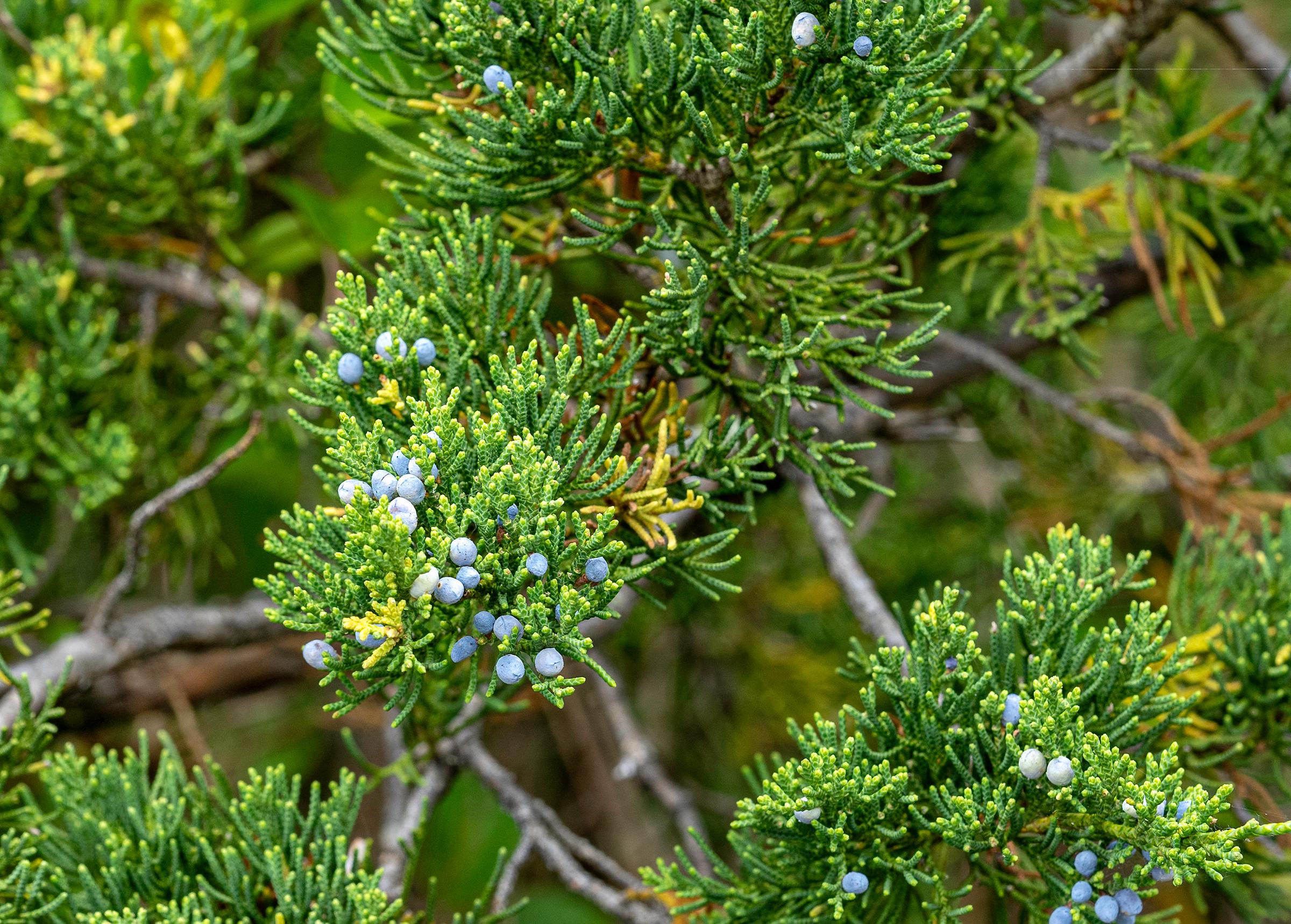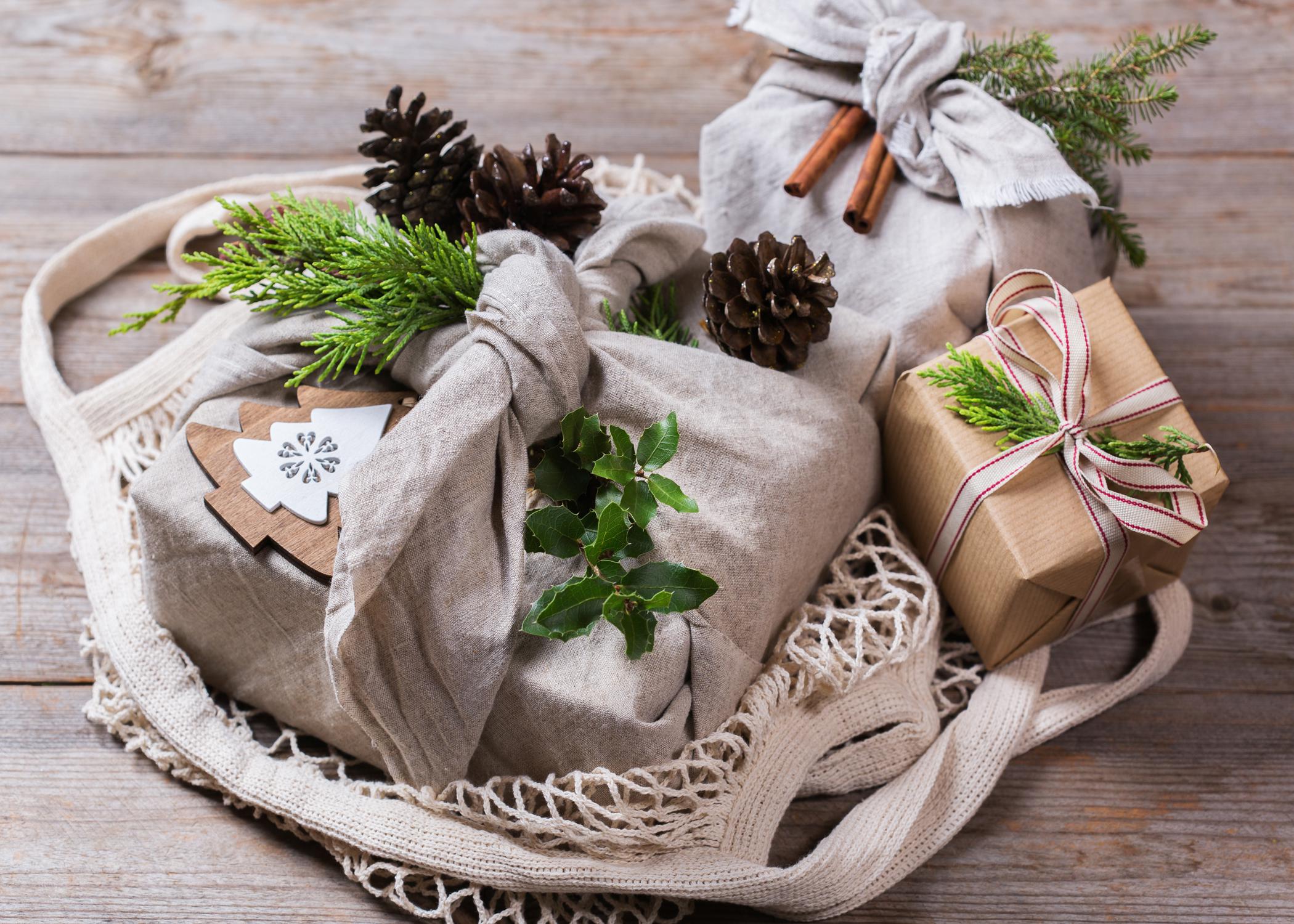How to Start a Compost Pile

Certain food waste items are ideal for adding to a compost pile.
Are you interested in starting a compost pile but aren’t quite sure where to start? Well, it’s an easy process, but it does require some patience. Compost forms when organic materials heat up as microorganisms break those materials down. The full process can take from six months to two years to complete depending on several factors.
What is compost?
A partially broken-down form of organic waste that becomes dark and crumbly when ready to use. Compost creates the perfect conditioner to help soil maintain proper moisture content, reduces soil compaction, increases earthworms and beneficial microorganisms, and provides a slow release of nutrients into the soil.
What’s the best size pile or bin?
A compost pile must be at least 3 feet wide by 3 feet high to properly decompose, although piles can be larger. Households with large amounts of organic waste, should consider making three separate piles. This method will create enough compost for year-round availability, if managed to be in various stages of decomposition.
What kind of bin should I use?
Containers are not necessary. In fact, piles can be placed directly on the ground. If you’d prefer a bin, different types of containers can be made with items on hand or purchased ready-made. Structures should allow for airflow throughout the entire pile and should be open on one side for easy access.
Where should I put the pile or bin?
Place the pile in a shady, well-drained area of the property. Be aware of tree roots. They may grow into the pile and make it difficult to periodically turn and break up the compost, which is necessary for proper aeration.
What items can I compost?
- Eggshells
- Bark
- Paper
- Corn cobs
- Vegetable and fruit scraps
- Cardboard
- Sawdust
- Coffee grounds and filters
- Tea bags
- Hair and fur
- Fireplace ashes (These should be limited.)
- Fish scraps (These may initially have an odor and could attract animals.)
What items should I not compost?
- Diseased or insect-infested plant material
- Coal or charcoal ash
- Dairy products
- Meat scraps or bones
- Fats, grease, lard, and oil
- Pet wastes, including dog and cat feces and soiled cat litter
- Black walnut leaves or branches
- Yard waste treated with chemical pesticides
- Sawdust or wood shavings treated with preservatives
A few more facts about composting:
- Carbon and nitrogen feed the composting process, and the proper ratio of items containing each is needed for compost to form.
- Small materials break down faster. Shred or rip up paper. Chip tree limbs and branches.
- Turn the pile with a pitchfork at least twice a month to supply oxygen and speed up the process.
- Keep it moist, but not wet. Check the pile when turning it. If it is dry, dampen it.
For more in-depth information about how to make and care for a compost pile, read Extension Publication 1782, “Composting for the Mississippi Gardener.”
Follow Southern Gardening on Facebook, Twitter and Instagram!
Subscribe to Extension for Real Life
Fill in the information below to receive a weekly update of our blog posts.









